Luxury Goods Sales Decline for the First Time in Over a Decade
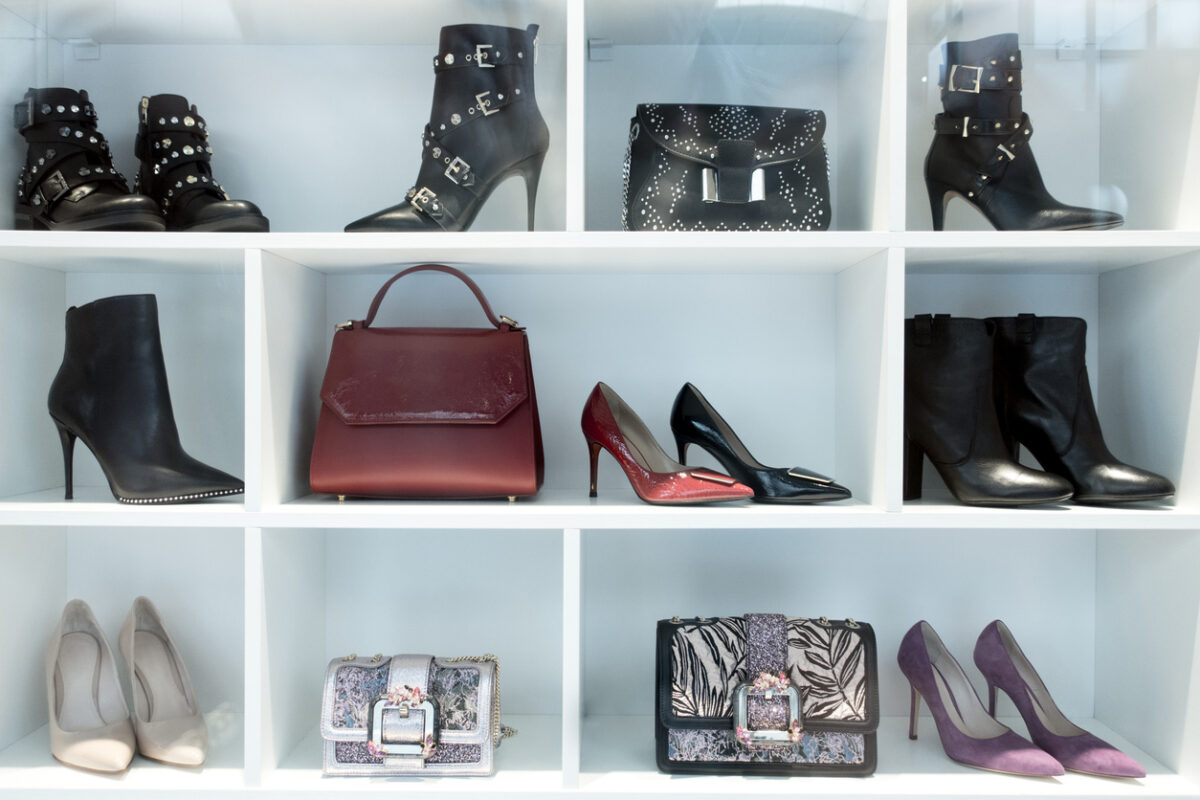
The personal luxury goods market is experiencing its first significant slowdown in over a decade, signaling a turning point for an industry long associated with consistent growth.
According to Bain & Company’s latest report, global economic challenges, shifting consumer behavior, and a sharp decline in demand from China have put the brakes on a robust recovery post-pandemic. While certain sectors like luxury travel and fine dining continue to thrive, the overall market faces mounting pressures, forcing brands to rethink their strategies to win back customers and adapt to a changing landscape.
What Changes Are Hitting the Luxury Market?
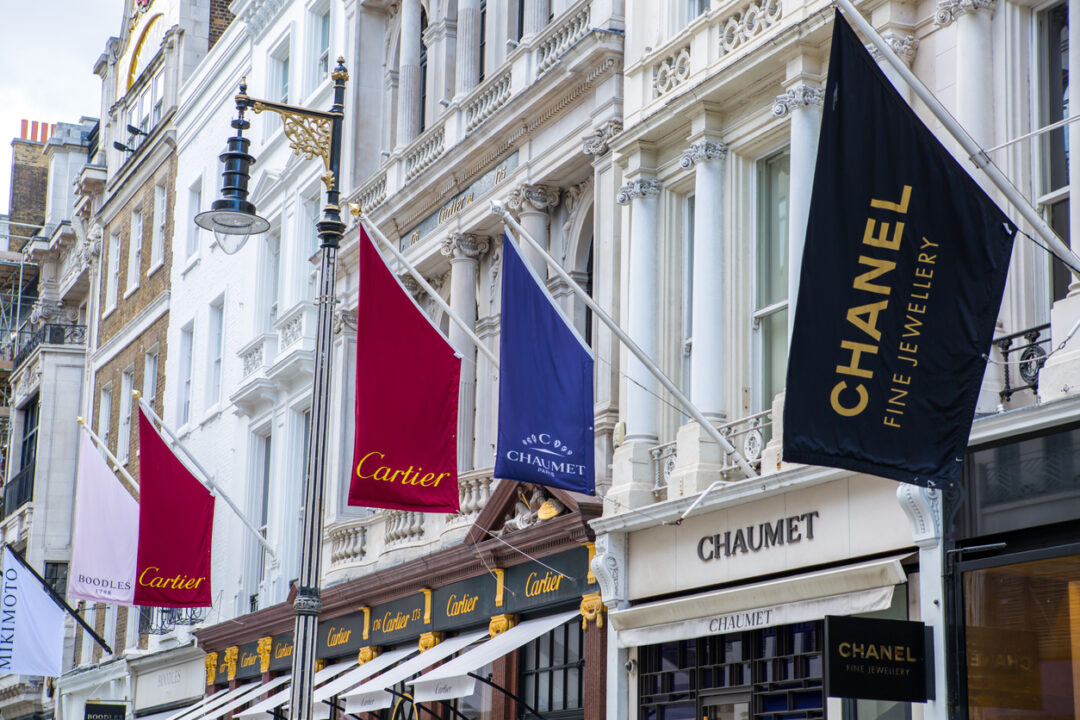
The personal luxury goods market is facing a significant slowdown in 2024, marking its first major decline (aside from the pandemic) since the global financial crisis. Bain & Company’s report shows a projected 2% contraction for the sector, driven by dwindling demand, especially in China, and broader economic uncertainty.
Which Luxury Markets Are Most Affected?
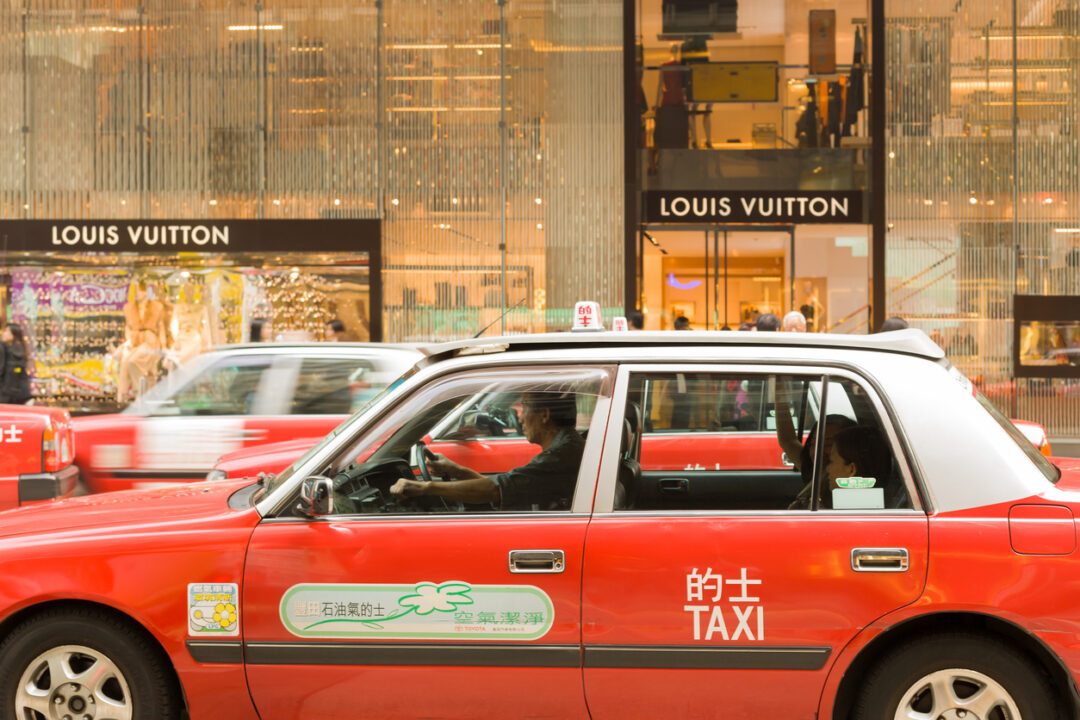
The slowdown hit the Chinese market particularly hard, with weakened consumer confidence causing less domestic spending throughout the year. Once a driving force behind global luxury growth, China’s struggle to rebound from its COVID-19-era slump significantly impacted industry giants like LVMH, Burberry, and Kering, all of which reported repeated revenue misses. Even Richemont, initially resilient to the downturn, saw a 1% decline in sales during the first half of its fiscal year due to dwindling Chinese demand.
Outside of China, the picture is more mixed. Europe and the U.S. have shown steady, if modest, quarter-on-quarter improvement in luxury demand, while Japan has emerged as a standout market, bolstered by favorable currency exchange rates. Looking ahead, a gradual recovery in the Chinese market is considered the most likely scenario, with overall sector growth forecasted for next year if major economic challenges can be avoided.
Why Are These Changes Happening?

Several factors led to this downturn: rising inflation, economic uncertainty, and a drop in consumer loyalty shifted spending habits away from high-end brands. Not to mention, Chinese consumer spending struggled to bounce back from COVID-19 impacts, intensifying the global slowdown for luxury goods.
Are Any Areas Growing?
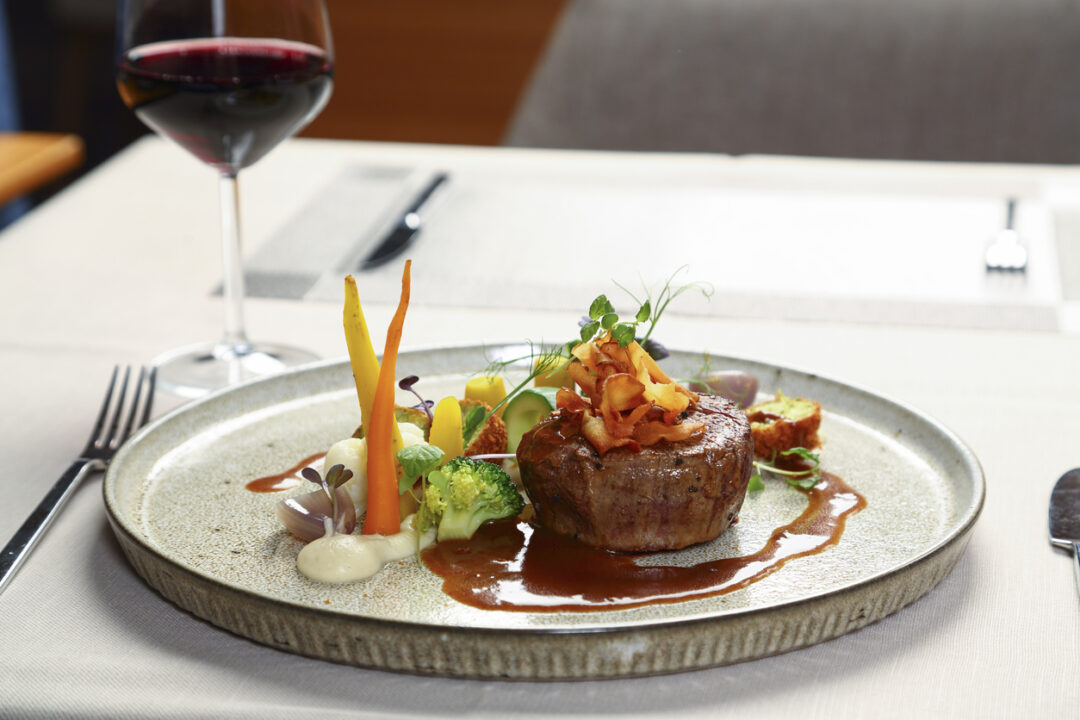
Certain luxury sectors like high-end cars, travel, and gourmet dining have seen gains. In particular, luxury travel and small personal items, such as beauty products and eyewear, remain strong as consumers shift toward experiential purchases and small indulgences over larger luxury buys.
What’s Next for Luxury Brands?
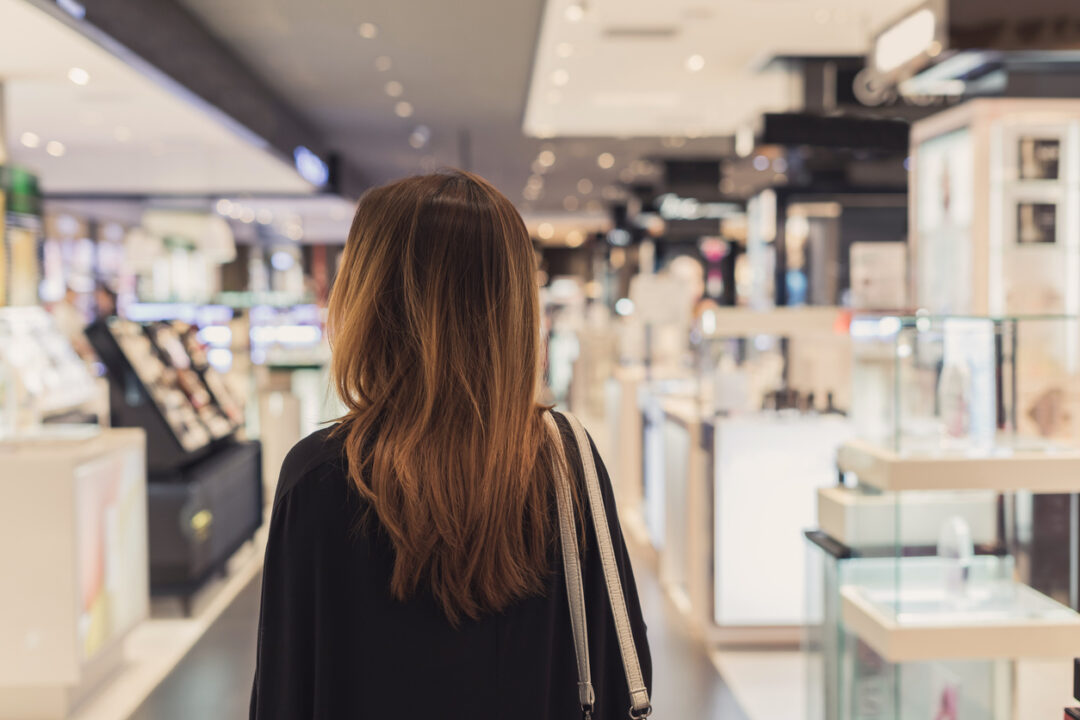
Luxury brands have to rethink their approaches. Claudia D’Arpizio of Bain & Company suggests that brands focus on creative engagement and personalized experiences, especially to appeal to younger (and more impressionable) Gen-Z consumers, who are more selective and less loyal to traditional luxury brands.